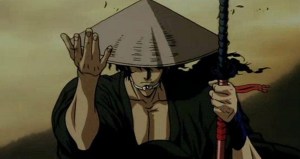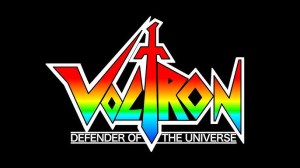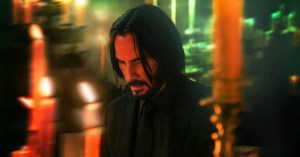Hollywood is always looking for a new genre to cash in on, and aside from the current superhero domination, and a wave of new video game movies, it seems that Japanese Manga and Anime are Hollywood’s next big hope for franchise movie success.
Videos by ComicBook.com
However, if those hopes rest on a film like Ghost In The Shell, then the Anime movie revolution may wither on the vine before ever bearing fruit.
The story takes place in a near-future where human beings routinely enhance themselves with cybernetic technology. In that setting we meet The Major (Scarlett Johansson), a revolutionary new model of cybernetic being: a living person’s brain, housed in an entirely synthetic body. Working with government intelligence agency Section 9, Major quickly proves to be a one-of-a-kind covert operative, who has none of limitations of an average human.
Things take a turn when Section 9 starts hunting “Kuze” (Michael Pitt), a shadowy terrorist who has the unique ability to hack into people’s minds through their cybernetic implants, using them like puppets. When The Major “deep dives” into the hacked robot to find Kuze, their minds make a connection that cracks open long-repressed memories of Major’s former life. The closer she gets to Kuze, the more Major learns that the life she knows is a lie, and that a dark and painful past may put her closer to her terrorist foe than she ever would’ve imagined.
The new film by Snow White and the Huntsman director Rupert Sanders, Ghost In The Shell (2017) is arguably like its 1995 Anime predecessor: more style than substance or action; with characters that (mostly) seem perpetually aloof and out of reach; and a convoluted mystery that seems to meander, rather than progress. It’s probably equally true, then, that this new Hollywood version will find a home with a niche pocket of cult admirers or fanbase loyalists; but in terms of bringing blockbuster Anime movies to the masses, Ghost In The Shell is pretty much D.O.A.

Sanders gained directorial acclaim for his unique visual composition – however, it’s becoming apparent between Ghost In The Shell and Snow White and the Huntsman (his only two films) that still imagery and production design may be more of his forte, because movement, action, and scene progression are definitely not. GITS is almost visual overload with how captivating it is, and how beautifully it stages scenes – which are loyal to the Anime/Manga source material almost to a fault. But when it’s time for the scene to move forward, Sander’s inexperience as a director quickly shows through the seams.
It’s in the mimickrey of the source material iconography that Sanders loses control of the film: sequences of dialogue or action, or even simple character moments tend to fall flat and hollow – sound stage and green screen product, with little emotion or passion behind all the bright, poppy, CGI effects. Some may argue that is, in fact, a thematic point of GITS‘ story, but that doesn’t change the fact that it makes for a very boring and hollow film experience.
The fact that there are very few or exciting action sequences in the film (you’ve seen the best stuff in trailers) makes it hard for even the most simple fans of the genre to give it a pass. The script by Jamie Moss (Street Kings), William Wheeler (LEGO Ninjago Movie) and Ehren Kruger (Transformers 2-4) opts instead for scenes of philosophical platitudes by way of the East, which sound utterly unconvincing being uttered by actors of the West. The sole exception is Japanese actor ‘Beat’ Takeshi Kitano’s character, Director Aramaki, whose growling Japanese drawl makes the hokey script lines sound almost like poetry (see: ‘wolf vs rabbit’).
With little substance besides green screen dreams, and a script that could be called plodding and stiff (at best), the cast of talented thespians caught up in this messy challenge don’t end up faring well. Even with a literal world of talent in actors like Kitano and Juliette Binoche – or talented character actors like Chin Han (The Dark Knight) and Michael Pitt (Boardwalk Empire) – Ghost In The Shell makes everyone seem like emotionless robots, leaving little to no one for us to connect to.

Worst of all is Scarlett Johansson, who looks ridiculously stiff (yet oddly aggressive) for most of her scenes, with ill-fitted and clunky costumes, to boot. It’s rare to see Johansson so off her game, but Major is about the least memorable or interesting character she’s ever played. A one and done performance would be just fine.
In the end, Ghost In The Shell probably wasn’t worth all the casting controversy (a third act reveal arguably kills it entirely), as the film is bound to be forgotten – found only on late-night cable or in bargain bin graves. There’s still a world of Anime wonders just waiting for blockbuster treatment; hopefully, its loyal fans will soon get a better offering than this (Jordan Peele’s Akira, perhaps?).
Ghost In The Shell is now playing in theaters. It is 1 hour and 47 minutes long, and is Rated PG-13 for intense sequences of sci-fi violence, suggestive content and some disturbing images. The film currently holds a 3.33/5 rating in our user rankings – let us know your rating when you’ve seen the film, by ranking it below!

More Ghost in the Shell:





